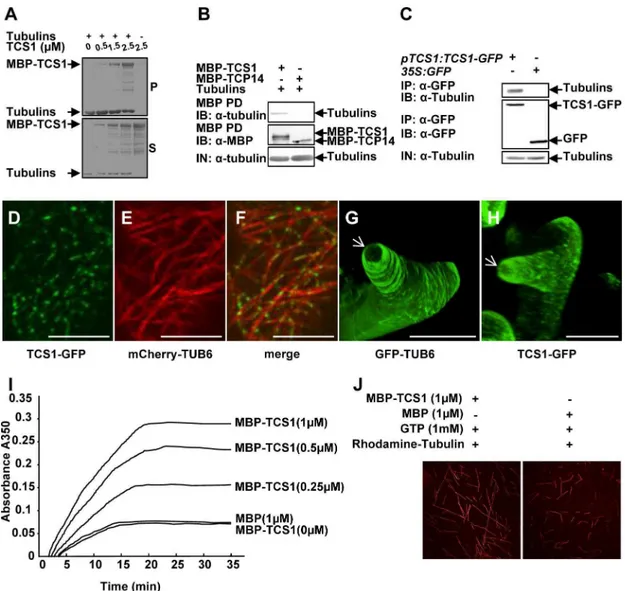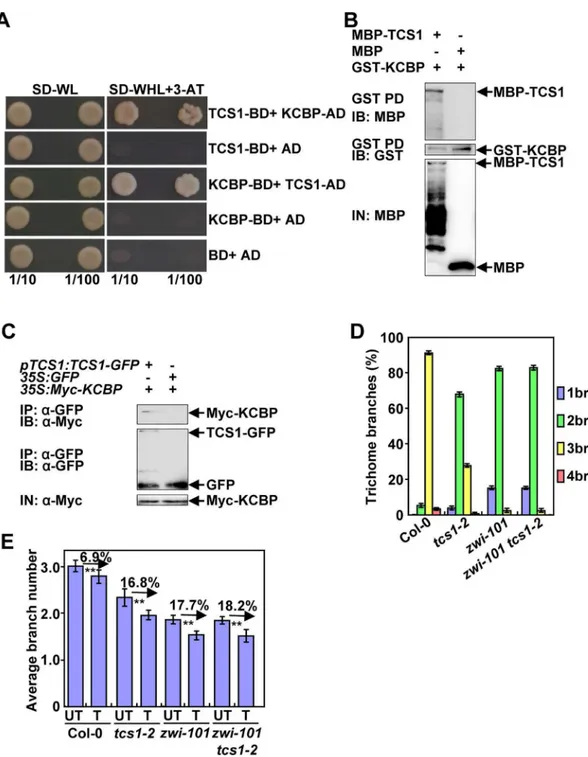TCS1, a Microtubule-Binding Protein, Interacts with KCBP/ZWICHEL to Regulate Trichome Cell Shape in Arabidopsis thaliana.
Texto
Imagem

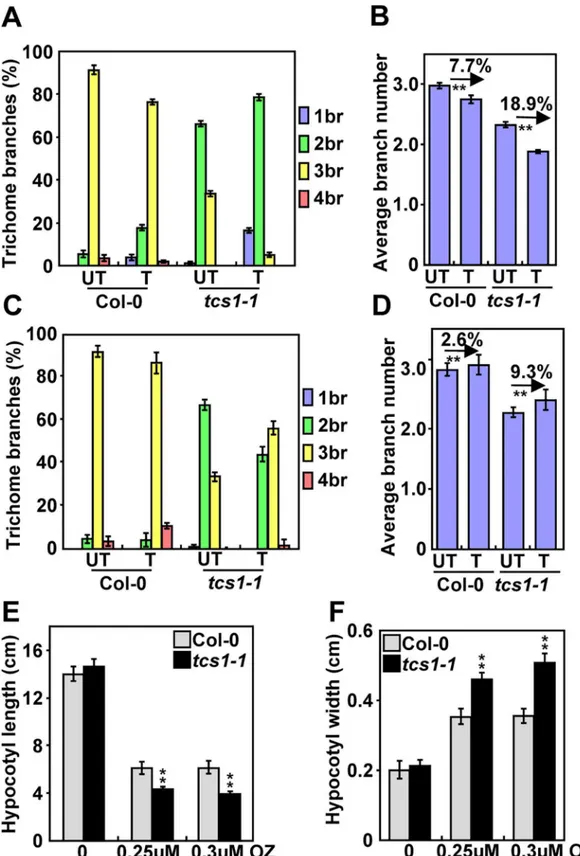
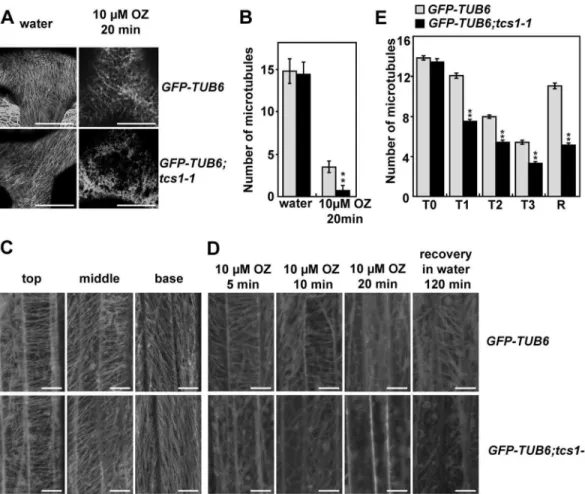
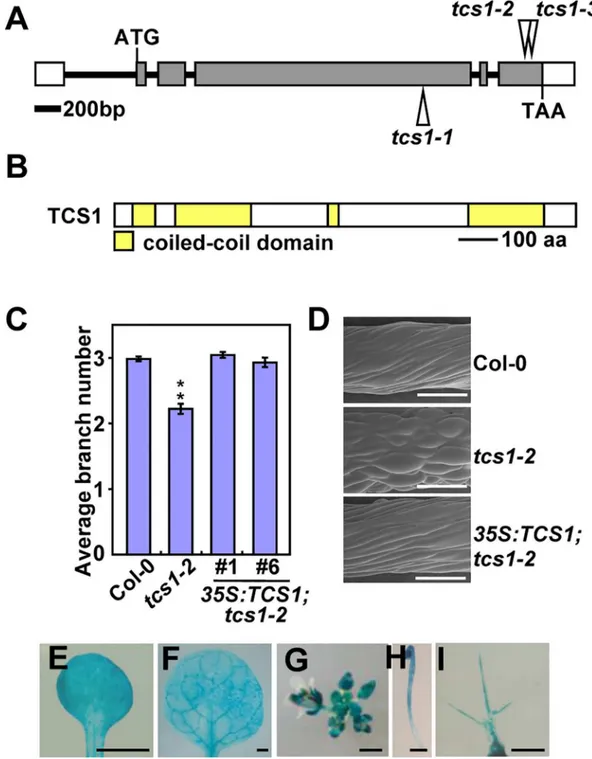
Documentos relacionados
18 Taken together, these findings are in line with reduced adenosinergic activity in schizophrenia and also with our results, according to which the low activity ADA genotype
The transcript steady state levels of the auxin efflux transporters ATP BINDING CASSETTE subfamily B (ABCB) ABCB1, ABCB4 and ABCB19 were reduced in ataucsia-1 plants. In
A novel RNA-binding nuclear protein that interacts with the fragile X mental retardation (FMR1) protein. The mGluR theory of fragile X mental
This gene was chosen based on the fact that b -catenin, which is the only protein shown thus far to be involved in this pathogenesis, interacts with PROP1 to control pituitary
Among the molecules that are involved in cell-to-cell contact, a member of the integrin family, the very late activation antigen-4/CD49d that interacts mostly with vascular
Glandular capitate-stalked and capitate- sessile, uniseriate multicellular non-glandular trichome with tapered apical cell, conical non-glandular trichome, isobilateral
Epidermal cells in a given embryonic segment display a stereotyped pattern of two distinct morphological fates: cells with a smooth apical surface, which generate naked cuticle,
To screen for functional shRNAs, we overexpressed HA-epitope tagged CD81 cDNAs along with two different shRNAs against different regions of the CD81 cDNA in HEK293T cells and found
